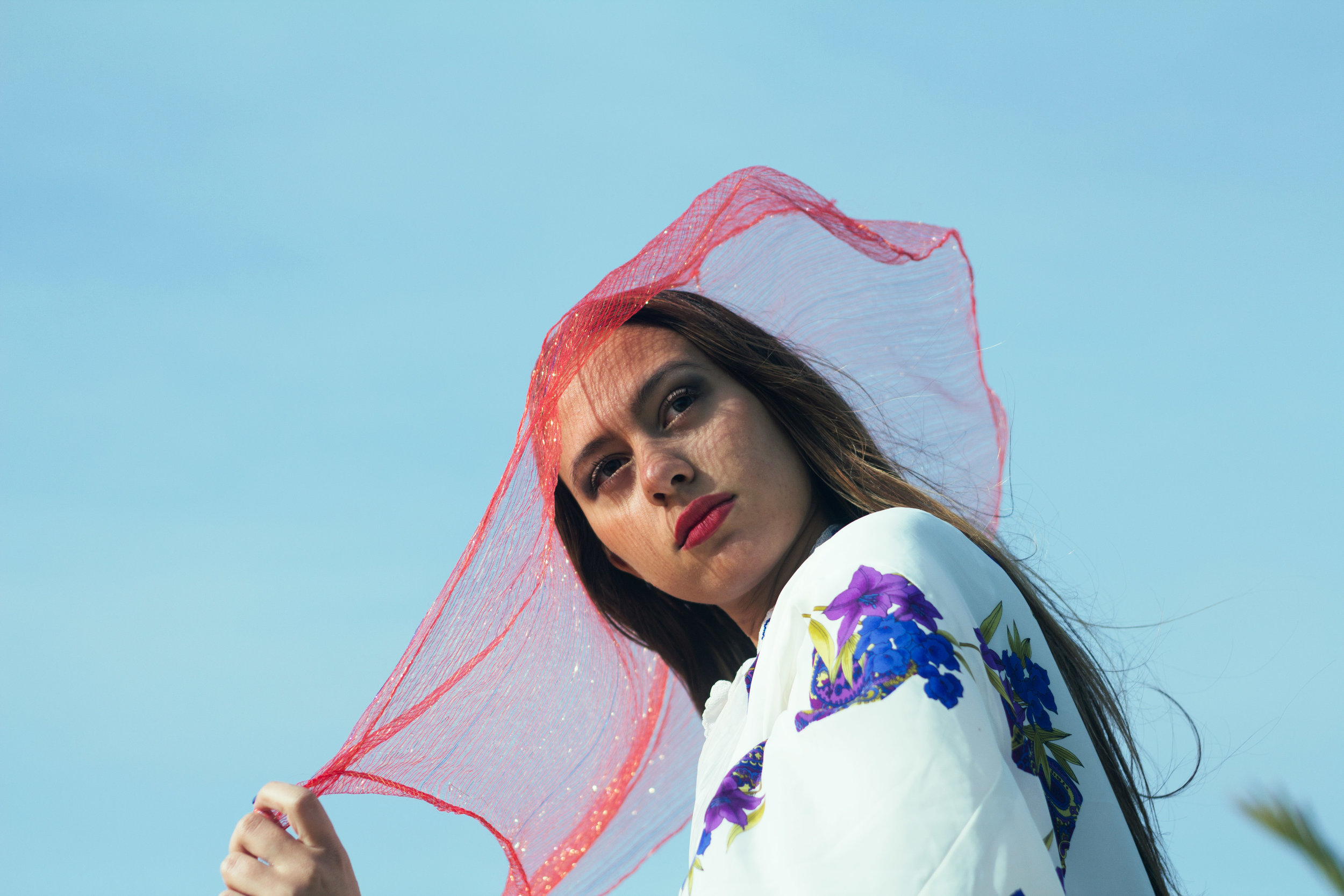Learn the rules like a pro, so you can break them like an artist." - Pablo Picasso
Portrait photography is the art of capturing the essence of a person in a photograph. Taking amazing portraits can be very challenging, whether you are a beginner or a professional photographer.On this blog, we will cover some tips and techniques to help you take beautiful portraits and capture your subject’s uniqueness.
Communicate with your subject
Establishing a connection with your subject is one of the most crucial elements of portrait photography.Make them feel at ease, give them direction and feedback, and let them express their personality. Ask them to try different poses and expressions, and don't be afraid to take candid and unposed shots.
Understand lighting
One of the most crucial elements in portrait photography is lighting. It can accentuate the subject's features, set a mood, and provide depth. Natural light can be useful for beginners, but avoid direct sunlight and pick the proper time of day (like early morning or late afternoon). A soft and pleasing light can also be produced with a softbox or diffuser.
Use the right settings
In portrait photography, the proper camera settings can make all the difference.Start with a low ISO to reduce the noise and use a wide aperture (like f/2.8) to create a shallow depth of field and to blur the background. Use the camera's exposure compensation to adjust the brightness and to make sure the subject is properly exposed.
Compose the shot
Composition is another important factor in portrait photography. Consider the background and foreground elements, the rule of thirds, and the subject's pose and expression. Experiment with different angles and distances to create a variety of shots.
Use props and accessories
Props and accessories can add personality and depth to your portrait photos. Consider incorporating meaningful objects into your photos to create a more personal and authentic look. You can experiment with clothing and accessories, such as hats or jewelry, to add texture and interest to the photos.
Be patient and have fun
Don't be afraid to experiment, to take breaks, and to enjoy the process. Remember that sometimes the best shots come when you least expect them, so be patient and just keep shooting.
Be open to collaboration
Portrait photography is often a collaborative process between the photographer and the subject. Be open to your subject's ideas and input, and allow them to contribute to the creative process. Building a connection and trust in this way might result in more successful and meaningful photo shoots.
Practice, practice, practice
"Your first 10,000 photographs are your worst." - Henri Cartier-Bresson
As with any craft, becoming proficient in portrait photography requires persistent and intentional practice. It's essential to push beyond your comfort zone and take risks, experimenting with new techniques and strategies. Embrace your mistakes and failures as opportunities for growth, as they can teach valuable lessons and help refine your skills. The more you practice and challenge yourself, the more confident and skilled you'll become in working with lighting, composition, and equipment, and the more you'll be able to convey the unique essence of your subjects through your portraits.
Conclusion:
Portrait photography can be both challenging and rewarding. By following these tips and techniques, you can improve your skills and create stunning portraits that capture the essence of your subject. Remember to experiment, have fun, and keep learning as you go. Happy shooting!






